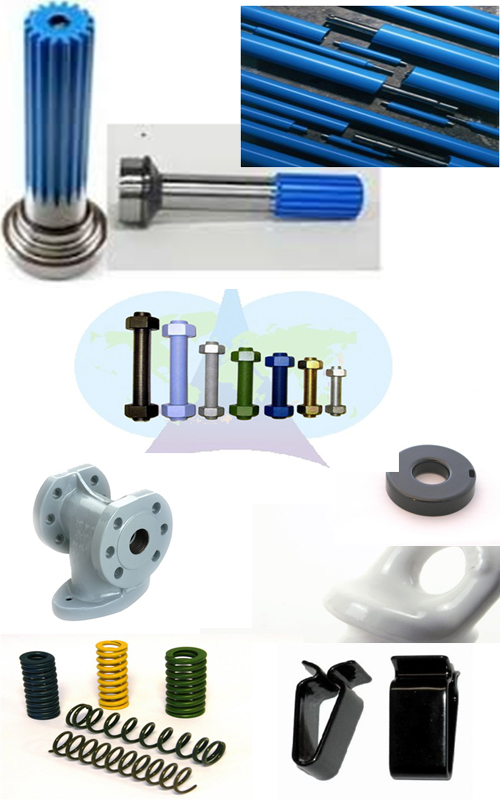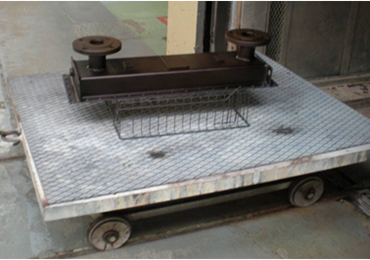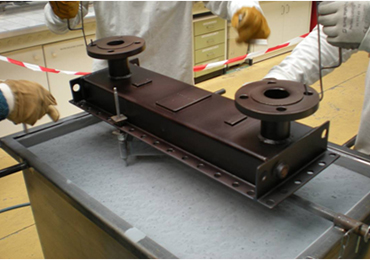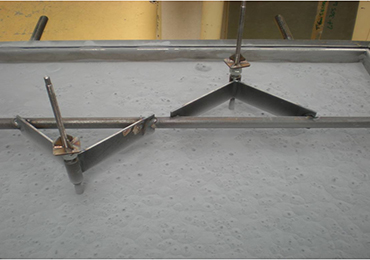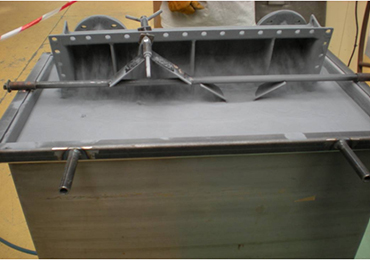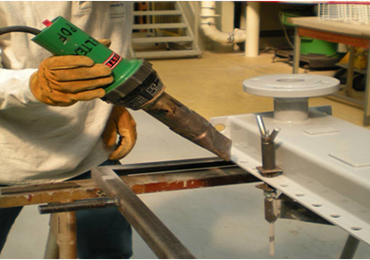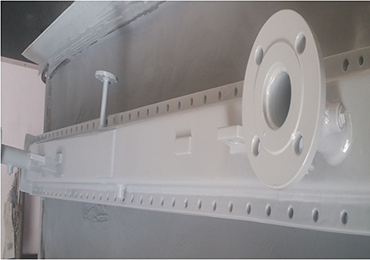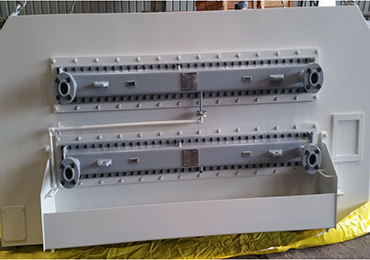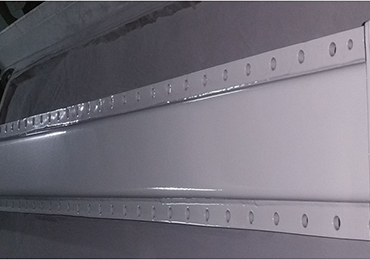- Welcome to King Industrie
- kingindustrie@gmail.com
- +91 755 2583554
Rilson Coating
Dip Coating in a Fluidized bed of Rilson fine Powders
This process produces a consistent thickness, even on parts with complex profiles (internal and external coatings in one operation). The dip-coating process is efficient (very little powder wastage) and straightforward.
The Rilsan® T range has been developed specifically for this technology.
CRITERIA FOR CHOOSING THIS PROCESS
THICKNESS OF THE PART:
The process is particularly suitable for bulky or massive parts (metal thickness of at least 3 mm). For small diameter wire articles, a post fusion operation may be required following the dip-coating operation.
THICKNESS OF COATING:
The process allows the application of Rilsan® coatings with a thickness generally ranging from 250 to 500 µm. For very bulky parts, it is possible to apply thicker coatings by increasing dipping time, or by carrying out several consecutive dipping operations.
SIZE OF THE PART:
The dimensions of the part determines the size of the tank. Very heavy or very long components (tubes) can be coated by this method, but will require specific handling equipment.
NATURE OF THE SUPPORT - SURFACE TREATMENT:
The process is suitable for any type of material that can withstand the necessary oven preheat temperatures. Massive parts will require a preheat temperature of around 300 oC while thinner parts require preheat temperature up to 400oC.
Surface Treatment - Primer
Fluidizing tank:
Preferably in stainless steel, it should consist of 2 parts separated by a porous plate made from polyester fabric. The air used for fluidization should be cold, clean and free of oil, and should be generated by an electric compressor in the case of large tanks. The temperature of the Rilsan® powder during fluidization should not exceed 60oC. Special fluid beds can be made that will keep the powder cool by circulating cold water through jacketed walls.
Environment and processing conditions:
An air exhaust should be installed near the top of the tank to capture dust particles that could contaminate the immediate environment (oven). Personal protective equipment such as a dust-mask is also recommended. The safety datasheet contains information on proper handling of the product. water through jacketed walls.
Preheating oven:
A forced air circulation (6 m/s) oven is recommended. The oven should have a temperature controller and a vent with a fume extraction device. A batch oven (with one or more doors) or a tunnel type oven with component conveying may be used based on the type of work required.
Preheating conditions:
Dipping:
Most parts should be allowed to air cool. However, thinner parts can be cooled by quenching in water after the coating is no longer molten.


